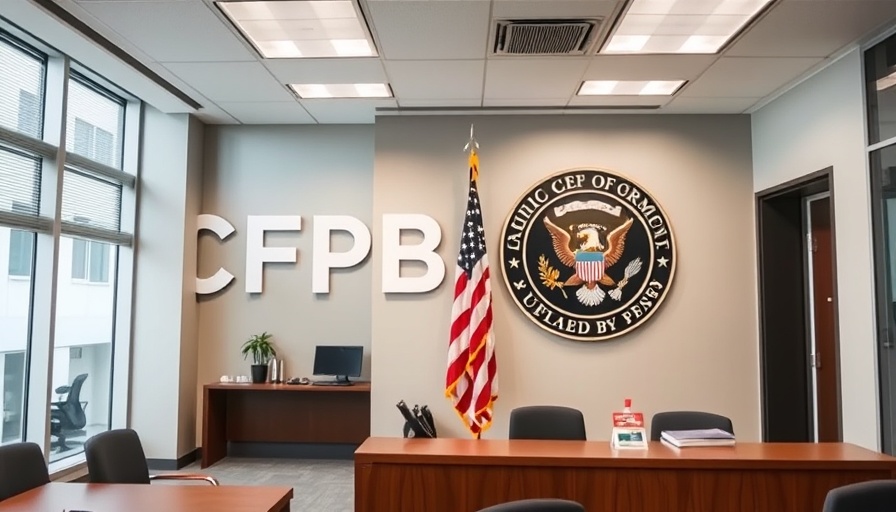
The Disparity in Auto Loan Rates for Servicemembers
A recent report from the Consumer Financial Protection Bureau (CFPB) has brought to light a troubling issue: servicemembers are paying significantly higher rates on auto loans compared to their civilian counterparts. The analysis, which scrutinized over 20 million auto loans, highlights the financial burden borne by those who serve in the military, raising questions about fairness and equity in lending practices.
Understanding the Root Causes of Higher Rates
Several factors contribute to the higher interest rates faced by servicemembers. One key influencing element is the transient lifestyle often associated with military service. Frequent relocations can disrupt credit histories, making it difficult for servicemembers to establish consistent creditworthiness.
Additionally, there's a perception issue among lenders; some may view military personnel as higher-risk borrowers due to their unique financial situations, including potential income irregularities caused by deployment. This biased risk assessment leads to less favorable loan terms, perpetuating a cycle of disadvantage.
Impact on Financial Well-being
The financial implications of these higher rates are significant. Servicemembers, who often already face unique financial pressures due to frequent moves and the nature of their work, find themselves paying more for essential vehicles. This not only strains their monthly budgets but can also inhibit their ability to save and plan for the future.
As a result, many servicemembers may resort to less advantageous financing options or may avoid purchasing cars altogether, which further complicates their mobility and readiness.
Seeking Solutions and a Reformed Approach
To address this issue, it is essential for lenders, lawmakers, and advocacy groups to come together and propose actionable solutions. This may include enhancing financial literacy for servicemembers, improving communication about credit-building practices, and revisiting the policies that govern auto lending to ensure they equitably serve all populations.
Additionally, fostering partnerships between military organizations and financial institutions could help create products specifically tailored to meet the needs of servicemembers, ensuring they are treated fairly in the lending process.
Conclusion: A Call for Change
As the CFPB report reveals, the disparity in auto loan rates for servicemembers is not just a number—it's a reflection of systemic issues in the lending industry. Addressing these disparities is not only critical for servicemembers’ financial health but also for ensuring that all borrowers are treated equitably under the law. It is vital for stakeholders across the board to take action towards reforming these unjust lending practices.
 Add Row
Add Row  Add
Add 




 Add Row
Add Row  Add
Add 

Write A Comment